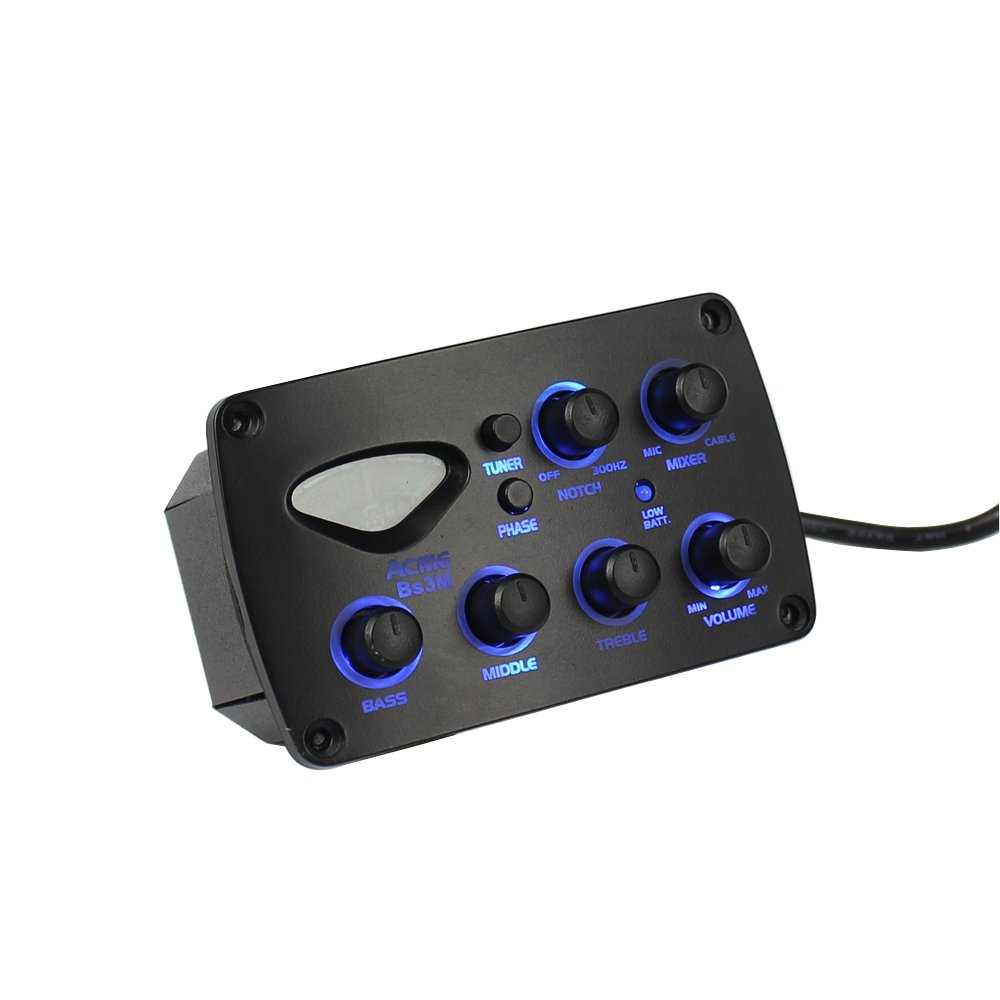

Imagine you are an artist and you’ve got your palette and paints and brushes and your canvas ready to go.
#MIC EQUALIZER DEFINITION HOW TO#
Some thoughts…Īs we start to dig in a bit on how to start off on our EQ journey, I like to relate mixing (and particularly equalization) with painting. Let’s start to unpack a few of these concepts, especially the idea of creating the ‘best overall sound’ - a lofty goal, indeed! Painting with sound. In all cases, the important thing to consider is how to balance cuts and boosts of certain frequencies on each element of the mix to produce the best overall sound to the audience in the room, those enjoying the live show remotely on their laptop, and folks listening on-demand to a recorded version on a set of hi-fi speakers. In other cases, the goal may be boosting certain frequencies within a single track and/or an entire mix to impart a particular sonic characteristic like ‘warmth’ or ‘smoothness’. In some cases, this optimal sonic outcome may include very carefully cutting a specific frequency to avoid feedback.

I would propose adding in a ‘d’ definition that goes something like, “to adjust various frequencies in an audio mix to provide an optimal sonic outcome.” I think that the ‘c’ definition could actually get us all in some major audio trouble if we solely focused on restoring attenuated high frequencies. I’m not sure that any of those possible definitions really gets at the totality of what equalization is and how it is generally applied in a church sound scenario. To their original level high frequencies that have been attenuated If we consult our dusty Webster’s dictionary, we find the following entry for ‘equalize’:Ģb: to make uniform, to distribute evenly or uniformlyĬ: to adjust or correct the frequency characteristics of (an electronic signal) by restoring

#MIC EQUALIZER DEFINITION SERIES#
We’ll continue our series of ‘ Audio With Jeff Hawley’ articles with a bit of a conceptual overview of EQ and touch on the key elements live worship engineers may want to ponder a bit before diving in and going to town with a flurry of knob twists and fader bumps. I also tend to see lots of conflicting and perhaps misleading information out there around EQ for some reason. Even for some more experienced audio engineers, there are specialized subsets of EQ land that may be unfamiliar or downright confusing. “Can you cut 3dB right around 250Hz on that guitar?” “Go ahead and kick in an 18dB Butterworth HPF at 180Hz or so.” “Check your PAFL on the 61-band RTA to see where the low end is building up.” “I prefer the up-front midrange musicality of a British EQ.” For many guitarists and keyboardists who are making their way over to the recording or live audio side of things, discussion about equalization (or equalisation or EQ) can sound like an entirely different language. Originally published in Worship Musician Magazine, May 2020.


 0 kommentar(er)
0 kommentar(er)
